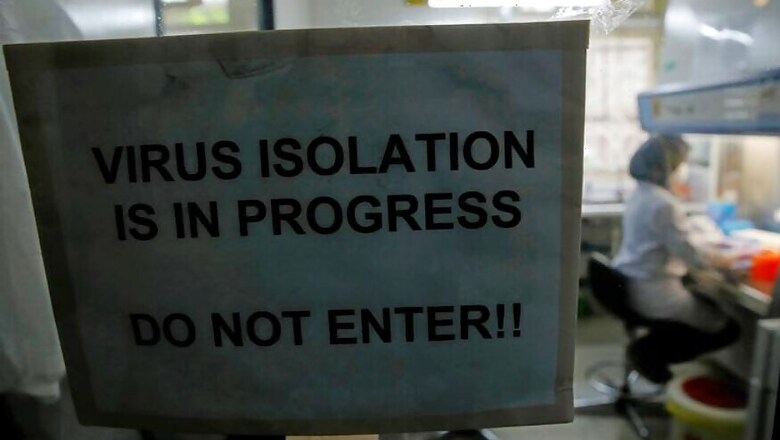
views
New Delhi: More laboratories and more samples to test — scientists are clear about what India’s surveillance programme needs after the country’s fourth case of Zika virus infection came to light.
“We do need more labs,” says Dr. Soumya Swaminathan, Director General of the Indian Council of Medical Research, the body which heads the national surveillance programme.
More labs would reach more regions, which will also help scientists determine what kind of a health problem India is dealing with, she says.
As 80 percent of people infected with Zika are asymptomatic — they show no outward signs of the disease — it’s not possible to go around testing everyone. “It’s impractical and no country is planning such testing,” says Swaminathan.
There is no good antibody test to detect the virus in such patients, she added. For now Zika can only be detected in those suffering an acute infection.
“We need to see how prevalent the virus is in India and whether it will cause the kind of problems it did in Brazil and other South American countries.”
Her views are echoed by Dr. G Arunkumar from the Manipal Centre for Virus Research at Manipal University. Though the centre is one of the 25 laboratories notified by the government to test for Zika, the sample of the infected man from Krishnagiri in Tamil Nadu did not reach the lab through the government surveillance programme, but through their own project.
The Hospital Based Acute Febrile Illness Surveillance, which Manipal University started in 2014, tests for causes of fever to build a national database and be on the lookout for new infectious diseases.
One of AFI’s sites is in Krishnagiri’s N Puttur village, where the 27-year-old man infected by Zika was found.
“He is not the kind of patient anyone would think has Zika,” says Arunkumar. “He hadn’t traveled anywhere to be exposed to it. It’s an entirely indigenous case.”
The first three cases, detected in Bapunagar area of Ahmedabad, are waiting on the centre’s word on whether the infection was indigenous or picked up from outside India.
India’s first response to the threat, during the 2015-2016 global outbreak that started from Brazil, was to step up surveillance at airports, as the virus had piggybacked on travellers to spread to different countries. However, Arunkumar suspects that India may already have some reservoirs of the virus.
“At the moment we have very little information as to how the virus is spreading. Perhaps we have low level animal reservoirs as there are for many mosquito or arthropod-borne diseases,” he says.
To know for sure, India needs to step up research and, therefore, expand beyond the 25 laboratories testing for the virus. Of the 40,000 samples tested by these labs for Zika since January 2016, the Manipal centre has tested 20,000. “This is because of our AFI project,” he explained. “The samples that came to us through the government surveillance are probably 1,000.”
“It’s not enough,” he adds. “We need to expand more laboratories, need to come in the network if we want to increase detection capabilities. We have no idea which geographic areas see more virus activity.”
There also needs to be better coordination and more real-time activity between labs and the surveillance programme so that samples reach in time for testing.
Most of the surveys, at least for other diseases, are not laboratory supported but clinical syndrome-based survey, where a doctor decides on a disease based on symptoms, says Arunkumar. “We need basic testing at district level, for the surveillance to be stronger,” he adds.




















Comments
0 comment